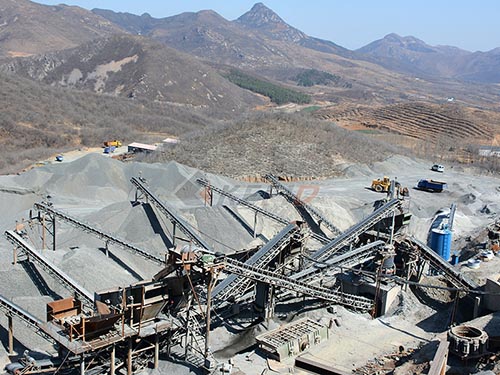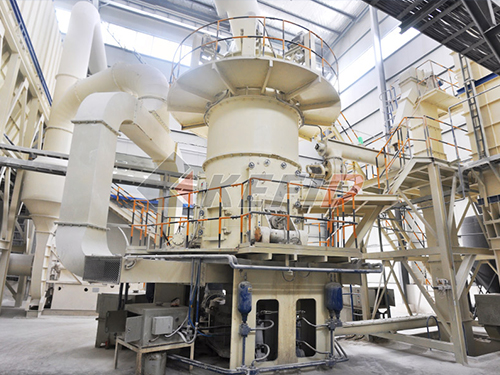Demystifying the Reduction Ratio: The Critical Heartbeat of Primary Crushing Operations
In the complex symphony of mineral processing and aggregate production, primary crushing stands as the foundational movement. It’s where raw run-of-mine (ROM) ore or blasted quarry rock encounters its first significant mechanical transformation. At the core of evaluating this initial size reduction step lies a deceptively simple yet profoundly critical metric: the Reduction Ratio (RR) of the primary crusher. Understanding this ratio isn’t merely an academic exercise; it’s fundamental to optimizing plant efficiency, controlling operational costs, maximizing throughput, and ensuring downstream process stability.
Defining the Core Concept
Simply put, the reduction ratio quantifies how much smaller material becomes after passing through a crusher. For a primary crusher specifically:
Input: Characterized by the Feed Size, typically represented by F80 – meaning that 80% by weight of the feed material passes through a screen opening of dimension ‘F’ millimeters or inches.
Output: Characterized by the Product Size, typically represented by P80 – meaning that 80% by weight of the crushed product passes through a screen opening of dimension ‘P’ millimeters or inches.

The most common expression for Reduction Ratio (RR) is:
RR = F80 / P80
This formula yields a dimensionless number representing how many times larger the feed particles are compared to the product particles on average at these key control points.
Why Reduction Ratio Matters Profoundly
The significance of achieving an appropriate primary crusher reduction ratio permeates every aspect of downstream processing:
1. Downstream Equipment Sizing and Performance: The output from the primary crusher feeds secondary crushers or directly into grinding circuits if applicable.
An insufficient RR means larger feed sizes enter secondary stages. This forces secondary crushers to work harder than designed for their intended duty cycle – potentially exceeding their capacity limits leading to bottlenecks.
An excessive RR might produce finer material than necessary for efficient secondary crushing operation (especially cone crushers), potentially causing packing issues in chambers or inefficient utilization of energy meant for coarser reduction stages.
In grinding circuits fed directly from primary crushing (less common), an overly coarse P80 significantly increases grinding energy consumption per ton processed – often one of the highest operational costs in mineral processing.

2. Throughput Optimization: Primary crushers are often capacity bottlenecks.
Achieving too low an RR might require running at higher speeds or

Leave a Reply